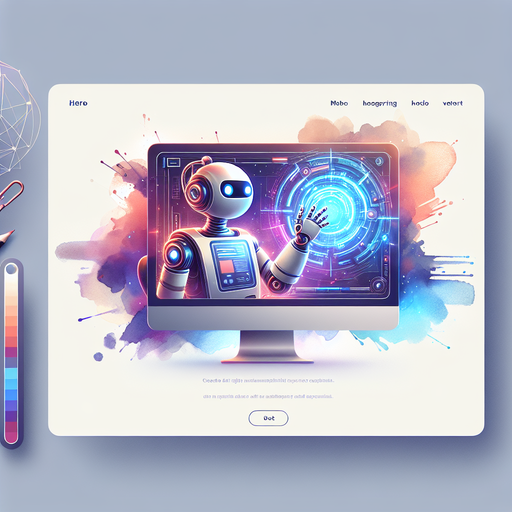Software-as-a-service (SaaS) platforms are increasingly relying on artificial intelligence (AI) to enhance capabilities and user experiences. Recent advances in natural language processing, specifically large language models (LLMs) like GPT-3, are unlocking new possibilities for innovation.

Conversational Interfaces
One area seeing rapid AI-driven innovation is conversational interfaces. LLMs can enable SaaS platforms to understand natural language queries and generate natural sounding responses. This allows for more intuitive user experiences that resemble human conversations.
For example, Anthropic has developed Claude, an LLM-powered AI assistant designed specifically for enterprise SaaS applications. Claude can answer support questions, take notes, summarize documents, and generate content. Embedding Claude's capabilities into apps enables more conversational interactions.

Intelligent Search
LLMs are also powering advances in semantic search for SaaS platforms. Rather than just keyword matching, semantic search understands the underlying meaning of queries and returns the most relevant results.
For instance, WorkOS uses Anthropic's Claude to add intelligent search to its developer platform. Users can enter natural language queries and Claude returns the most applicable API references and code samples.

Data Analysis
LLMs show promise for automating data analysis for SaaS platforms. They can rapidly parse datasets, generate insights, and create data visualizations. This can enhance business intelligence capabilities for apps.
Startups like Anthropic are developing LLM-based data analysis tools like Henry, which can answer natural language questions about datasets. Integrating these tools into SaaS platforms could enable new self-service analytics experiences.
Content Creation
LLMs can also automate content creation for SaaS platforms. They can generate everything from marketing copy to support documentation based on a few prompts. This creates new opportunities for apps to dynamically create content tailored to users.
For example, Poly AI uses GPT-3 to add intelligent content generation to its customer service platform. It creates support bot responses and documentation dynamically tuned to each query.
Personalization
Finally, LLMs show promise for adding greater personalization to SaaS experiences. By understanding user contexts and preferences, they can tailor content, recommendations, and workflows for each individual.
Startup Boomwriter uses GPT-3 to generate personalized emails and other content for sales and marketing applications. Embedding similar personalization capabilities into SaaS apps could improve user experiences.
In summary, large language models are enabling innovations like conversational interfaces, intelligent search, automated data analysis, dynamic content creation, and personalization for SaaS platforms. As LLMs continue to advance, integrating them into SaaS promises to unlock new levels of intelligence and intuitiveness for users.




